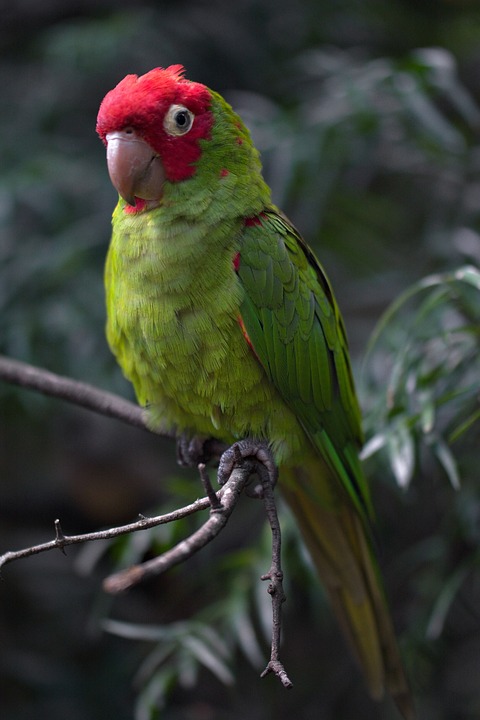Parrot training is an exciting and fulfilling endeavor that allows us to bond with our feathered friends. However, it is important to recognize signs of enthusiasm and engagement during training sessions to ensure effective learning and progress. In this article, we will explore various indicators of enthusiasm and engagement and provide valuable insights for successful parrot training.
One of the key indicators of enthusiasm in parrots is vocalization and mimicry. Positive vocalizations, such as chirping or mimicking sounds, indicate that your parrot is engaged and interested. Encouraging mimicry and imitation can further enhance their enthusiasm and learning experience.
Another important aspect to consider is your parrot’s body language and posture. Active and alert body language, such as upright posture and raised feathers, signifies enthusiasm and engagement. On the other hand, relaxed and receptive postures, such as lowered feathers and a relaxed stance, indicate that your parrot is comfortable and engaged.
Eye contact and focus are also significant signs of enthusiasm and engagement. Direct eye contact shows that your parrot is paying attention and is interested in the training session. Detecting focused attention and curiosity in their eyes can give you valuable insights into their level of engagement.
An eagerness to participate is another indicator of enthusiasm. If your parrot willingly engages in training activities and shows a desire to interact, it is a clear sign of their enthusiasm. Encouraging voluntary interaction and providing opportunities for them to take part in the training process can further enhance their engagement.
To enhance enthusiasm and engagement in parrot training sessions, there are several techniques you can employ. Positive reinforcement is a powerful tool that involves rewarding your parrot for desired behavior. Selecting suitable rewards, such as their favorite treats or toys, can further motivate them and reinforce their engagement.
Incorporating interactive training games into your sessions is another effective technique. These games stimulate both mental and physical engagement, keeping your parrot entertained and interested. This can include activities such as puzzle-solving or fetching games.
Training in a familiar environment is also crucial for maintaining enthusiasm and engagement. Utilize a comfortable and distraction-free space where your parrot feels secure. Creating a familiar training environment can help them feel at ease, leading to better engagement.
Consistency and routine play a vital role in parrot training. Establishing a structured training routine helps your parrot understand what is expected of them and reinforces their engagement. Consistency in commands and cues also helps them grasp the training concepts more effectively.
To address common queries about recognizing enthusiasm and engagement in parrot training, here are some frequently asked questions:
Q1. How long does it take for a parrot to show signs of enthusiasm during training sessions?
A1. Each parrot is unique, and the time it takes to display enthusiasm may vary. However, with patience and consistent training, most parrots show signs of engagement within a few weeks.
Q2. What if my parrot seems disinterested or unengaged during training?
A2. If your parrot appears disinterested, it may indicate various factors such as fatigue or lack of motivation. Assess the training environment, ensure physical and mental stimulation, and consider adjusting your training techniques to maintain engagement.
Q3. Can parrots have different levels of enthusiasm for different training activities?
A3. Absolutely! Parrots, like humans, have different preferences and interests. They may exhibit varying degrees of enthusiasm depending on the specific training activity. Observe their responses and tailor the training sessions accordingly.
Q4. How can I encourage my parrot’s participation if it is initially shy or fearful?
A4. Building trust is essential for shy or fearful parrots. Start with simple, non-threatening exercises and gradually introduce more challenging tasks. Offer rewards and praise to create positive associations and gradually increase their confidence.
In conclusion, recognizing signs of enthusiasm and engagement is crucial in parrot training. By understanding the various indicators and employing suitable techniques, you can create an engaging and rewarding training experience for both you and your feathered companion. Remember to be patient, consistent, and always prioritize positive reinforcement to foster a strong bond and successful training outcomes.









